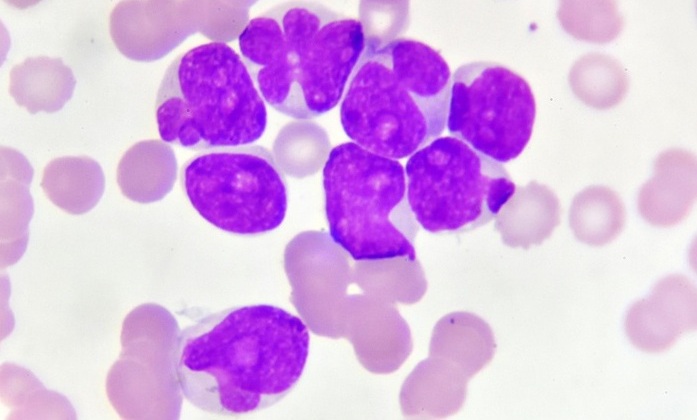Hematological Parameters Compared in Psoriasis Patients
By LabMedica International staff writers
Posted on 19 Oct 2021
Psoriasis is a chronic, immune-mediated disorder that can involve the skin and/or joints. Four clinical types of psoriasis are currently recognized: psoriasis vulgaris (PsV), pustular psoriasis (PP), erythrodermic psoriasis (PsE), and arthritic psoriasis (PsA). Posted on 19 Oct 2021
Systemic inflammation plays an important role in the pathogenesis of psoriasis, and numerous inflammatory mediators have been implicated, including interleukins (e.g., IL-17, IL-1β), other cytokines and chemokines, and serum autoantibodies. However, there is an urgent need to identify better markers for the diagnosis and assessment of clinical severity and outcomes of psoriasis.

Image: Psoriatic plaques, showing a silvery center surrounded by a reddened border (Photo courtesy of Jane Bianchi, BA)
Dermatologists at the Peking Union Medical College (Beijing, China) carried out hospital-based cross-sectional retrospective study that included a total of 477 patients (328 males, 149 females; mean age 43.5 ± 14.3 years): 347 with psoriasis vulgaris (PsV), 37 with generalized pustular psoriasis (GPP), 45 with erythrodermic psoriasis (PsE), 25 with arthritic psoriasis (PsA) and 23 with mixed psoriasis, and 954 healthy control subjects (656 males, 298 females; mean age 43.5 ± 14.3 years).
Demographic, clinical, and laboratory data were obtained from electronic or handwritten medical records. The following parameters were extracted: white blood cell (WBC), neutrophil, lymphocyte, red blood cell (RBC), and platelet counts, and hemoglobin (Hb) levels. In addition, neutrophil to lymphocyte ratio (NLR) and platelet to lymphocyte ratio (PLR) were calculated and the psoriasis area severity index (PASI) scoring system was used to assess the severity of PsV.
The investigators reported that compared with the healthy control group, patients with psoriasis had higher total white blood cell (WBC), neutrophil, platelet counts, neutrophil to lymphocyte ratio (NLR), and platelet to lymphocyte ratio (PLR), but lower hemoglobin (Hb) levels, lymphocyte and red blood cell (RBC) counts. NLR values in the PsV group were significantly lower than those in the GPP, PsE, and PsA groups, with GPP group being the highest. PLR values in the PsV group were significantly lower than those in the GPP, PsE, and PsA groups. There was no significant correlation between the psoriasis area severity index (PASI) score and either the NLR or PLR in the PsV group.
The authors concluded that their results highlight the significant differences in NLR and PLR among psoriasis patients. Neutrophil counts and NLR were significantly higher in psoriasis group compared with the control group, with the GPP group having the highest NLR. In addition, platelet counts and PLR are increased in psoriasis patients, especially in the most severe subtype. The study was published on September 26, 2021 in the journal BMC Immunology.
Related Links:
Peking Union Medical College




 assay.jpg)








